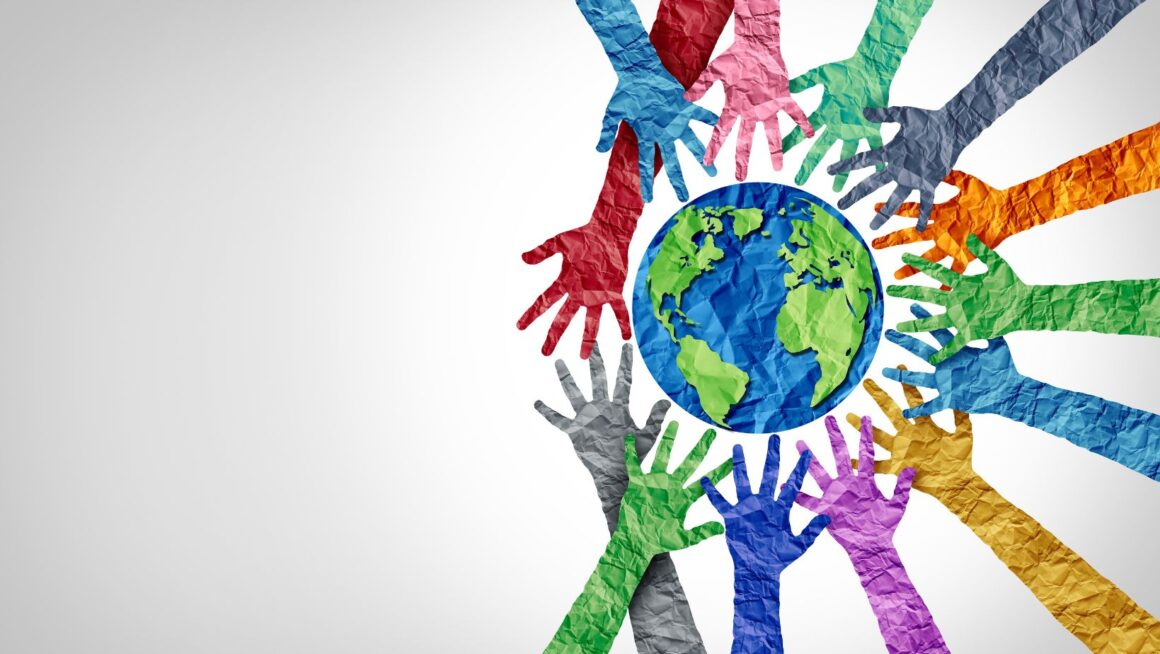How do Cultural Traits, Cultural Complexes, and Cultural Patterns Differ?
Let’s dive right into a fascinating topic: how do cultural traits, cultural complexes, and cultural patterns differ? It might seem intricate at first, but once you understand the differences between these terms, you’ll be able to comprehend the nuances of human culture more deeply.
Starting with cultural traits, they’re the smallest units of a culture. Think about them like building blocks – each trait is an individual characteristic or tradition that contributes to the broader picture of a society. For instance, in American culture, celebrating Thanksgiving could be seen as a distinct cultural trait.
Moving on to cultural complexes, this term refers to a cluster of interrelated traits. Imagine you’ve gathered enough traits and now can build something bigger, like assembling LEGO pieces into an elaborate structure. Let’s take food in Italy as an example – it’s not just about pizza or pasta individually (those are traits), but how those elements come together along with aspects like wine traditions, espresso after meals – creating the Italian culinary complex.
Lastly, we have cultural patterns which are essentially the broadest view of culture. If each trait is one thread and complexes are woven sections of fabric made from several threads, then patterns would be what you see when you step back and look at the entire tapestry. They encompass all parts of a society’s way of life – social organization, customs and norms included.
By understanding these three components –traits, complexes– and patterns– I believe we can appreciate our vast global quilt much better.
Understanding Cultural Traits
Diving headfirst into the topic, it’s crucial to first grasp what cultural traits are. In essence, they’re the tiniest units of a culture, much like cells in a body. These can be anything from gestures, words, or objects that carry specific meanings within a particular community. For instance, in America giving a thumbs-up is seen as a positive and affirming gesture – this is an example of a cultural trait.
We often see these traits without even realizing it. They’re embedded so deeply into our day-to-day activities that we may consider them ‘normal’ or ‘standard’. However, when you travel to different cultures around the world, you quickly realize there’s no such thing as universal normality.
Now let’s look at some examples of how cultural traits can differ across societies. In Japan for instance, bowing is an ingrained part of their culture – used to show respect in greetings and farewells. But if you were to do that in Australia or Canada, it might earn you some strange looks.
Interestingly enough though, while all these individual traits make each culture unique – they don’t exist in isolation. Just like cells form tissues and organs in our bodies; these traits come together to create larger structures known as cultural complexes.
It’s also worth noting that over time certain cultural traits can evolve or disappear altogether due to factors such as globalization or technological advancements. For instance with technology becoming increasingly globalized – many cultures have adopted English words into their languages (known as loanwords) which has altered linguistic landscapes worldwide.
In summary: Cultural Traits are fascinating elements that offer insights into human behavior and societal norms across various communities globally. They lay the foundation for larger structures within cultures – namely complexes and patterns which we’ll delve deeper into further along this article series.

The Role of Cultural Complexes
Diving right into the heart of this discussion, let’s delve into the intriguing realm of cultural complexes. Just like a mosaic formed from countless tiny tiles, our societies are built on an intricate network of these complexes. They’re the building blocks that give birth to our shared behaviors, beliefs and traditions.
Cultural complexes often spring from cultural traits – those small actions or tendencies we perform without much thought. For instance, shaking hands when we meet someone for the first time is a trait common in many western cultures. Now imagine weaving together numerous related traits – that’s where you’ll find a cultural complex.
Take dining etiquette as an example. It isn’t about just one trait like using chopsticks or saying grace before meals. Instead it encompasses a whole array of interconnected habits and customs: how food is served, how one should eat, whether talking while eating is appropriate or not etc.. These linked traits create the ‘dining’ cultural complex.
It might be enlightening to realize that cultural complexes aren’t static entities etched in stone. Rather they are fluid, evolving over time due to various influences such as globalization and technological advancements.
For example, with increasing global connectivity it’s not uncommon anymore to see chopsticks being used in American households or hamburgers enjoyed by young folks in Tokyo! This cross-cultural exchange has led to expansion and modification of existing cultural complexes.
Indeed understanding these networks of shared behaviors provides valuable insights into societal norms and values which can help build bridges across different cultures.
So there you have it – some examples outlining how cultural traits feed into larger structures called “cultural complexes”, ultimately influencing patterns that shape our societies at large.




